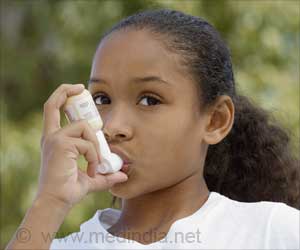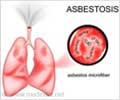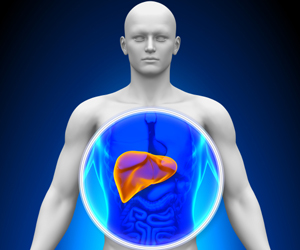Exposure to elemental sulfur, the commonly used pesticide reduces lung function and worsens asthma in children living near the farm.

‘Breathing in sulfur dust can harm the respiratory tract especially in children and can trigger asthma and increase the use of medications for asthma.’





Elemental sulfur is allowed for use on conventional and organic crops to control fungus and other pests and is very important to both systems. It is the most heavily used agricultural pesticide in California and Europe. In California alone, more than 21 million kilograms of elemental sulfur was applied in agriculture in 2013. "Sulfur is widely used because it is effective and low in toxicity to people. It is naturally present in our food and soil and is part of normal human biochemistry, but breathing in sulfur dust can irritate airways and cause coughing," said co-author Asa Bradman, associate director of the Center for Environmental Research and Children's Health at Berkeley's School of Public Health.
Elemental sulfur, the most heavily-used pesticide in California, may harm the respiratory health of children living near farms that use the pesticide, according to new research led by UC Berkeley.
In a study of children in the agricultural community of Salinas Valley, California, researchers found significant associations between elemental sulfur use and poorer respiratory health.
The study linked reduced lung function, more asthma-related symptoms and higher asthma medication use in children living about a half-mile or less from recent elemental sulfur applications compared to unexposed children.
Advertisement
"We need to better understand how people are exposed to sulfur used in agriculture and how to mitigate exposures. Formulations using wettable powders could be a solution."
Advertisement
The children were participants in the Center for the Health Assessment of Mothers and Children of Salinas (CHAMACOS) study, a longitudinal birth cohort that is a partnership between UC Berkeley and the Salinas Valley community.
CHAMACOS is the longest running longitudinal birth cohort study of pesticides and other environmental exposures among children living in an agricultural community. The cohort participants were primarily born to families of immigrant farm worker families.
Poor Respiratory Health Due To Pesticides
The study found several associations between poorer respiratory health and nearby elemental sulfur use.
- A 10-fold increase in the estimated amount of sulfur used within 1 kilometer of a child's residence was associated with a 3.5-fold increased odds in asthma medication usage
- A two-fold increased odds in respiratory symptoms such as wheezing and shortness of breath.
- Each 10-fold increase in the amount of elemental sulfur applied in the previous 12 months within a 1-km radius of the home was associated with an average decrease in exhaling capacity within one second.
The researchers used regression models to control for maternal smoking during pregnancy, season of birth, particulate matter air pollution, breast feeding duration, child's sex and age, height, technician and other covariates.
"This study provides the first data consistent with anecdotal reports of farmworkers and shows that residents, in this case, children, living near fields may be more likely to have respiratory problems from nearby agricultural sulfur applications," said senior author Brenda Eskenazi, Berkeley professor at the School of Public Health.
Given elemental sulfur's widespread use worldwide, the study authors call urgently for more research to confirm these findings and possible changes in regulations and application methods to limit impacts of sulfur use on respiratory health.
Source-Eurekalert












